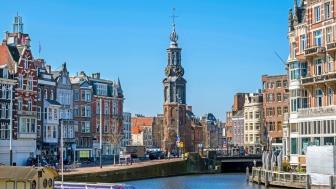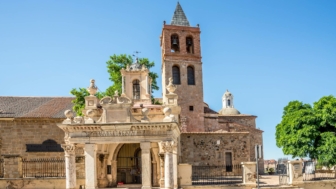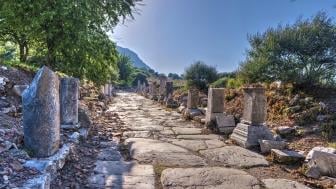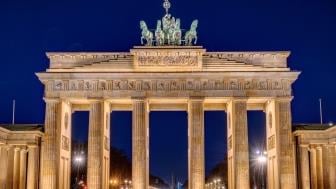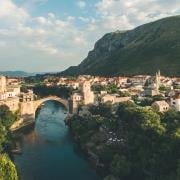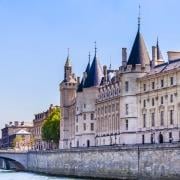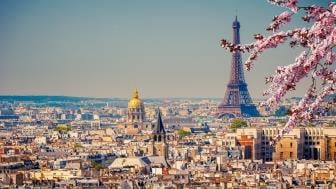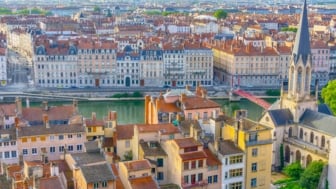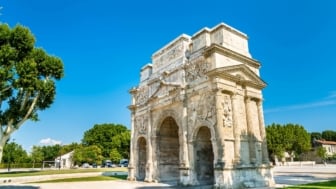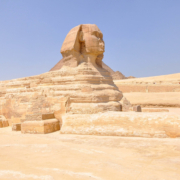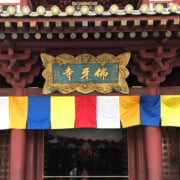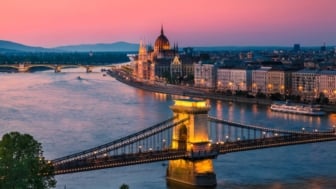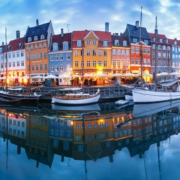In today’s fast-paced world, where time seems to slip through our fingers like sand, the art of slow travel stands as a peaceful oasis. Unlike the hurried footsteps of tourists, slow travel invites us to immerse ourselves in a place’s essence, embrace its unique rhythm, and savor each moment as it unfolds. Join me as I recount my unforgettable experience of exploring the picturesque island of Crete, not as a tourist but as a traveler who embraced the beauty of slow travel.
Chapter 1: The Call of Crete’s Hidden Gem
The allure of Crete was irresistible. Drawn to its rich history, captivating landscapes, and warm-hearted locals, I decided to venture off the beaten path and explore a lesser-known village. My destination was the quaint village of Mirtos, nestled amidst the rugged Cretan mountains and the shimmering Libyan Sea. Far from the hustle and bustle of tourist hotspots, Mirtos promised an authentic experience that would leave an indelible mark on my soul.
Chapter 2: Embracing Slow Travel
Stepping into Mirtos was like stepping back in time. As I wandered its narrow cobblestone streets, lined with charming whitewashed houses adorned with blooming bougainvillea, I felt a sense of tranquility wash over me. Embracing slow travel, I allowed myself to breathe in the scents of freshly baked bread and the salty sea breeze, absorbing the simplicity of life that permeated the village.
Chapter 3: Unraveling Local Treasures
In the heart of Mirtos, time seemed to stand still. Each morning, I would indulge in unhurried walks to nearby sites, discovering hidden coves and ancient ruins that whispered tales of bygone eras. The locals welcomed me with open arms, eager to share their stories and traditions. I spent hours engrossed in heartfelt conversations, sipping traditional raki, and savoring the flavors of homemade Cretan delicacies.
Chapter 4: Connecting with the Locals
The true magic of slow travel unfolded when I befriended a kind-hearted local named Katerina. Her weathered hands and warm smile told tales of a life in harmony with nature. Through her, I learned the art of tending to olive groves and creating intricate lacework, a skill passed down through generations. Katerina’s stories painted a vivid picture of Cretan culture, instilling in me a profound appreciation for simplicity and community.
Chapter 5: Nature’s Serenade
Crete’s natural beauty unfolded before my eyes as I ventured beyond Mirtos. Slowly hiking through breathtaking gorges and fragrant citrus orchards, I relished the symphony of birdsong and the melody of lapping waves. The island’s raw and untamed landscapes spoke of resilience and an unwavering connection to the earth—a sight that left me humbled and rejuvenated.
Chapter 6: Unveiling Ancient Mysteries
Anticipation filled my heart as I set out to explore the archaeological sites surrounding Mirtos, all while staying true to the ethos of slow travel. My first stop was the ancient city of Phaistos, a marvel of Minoan civilization dating back to 2000 BCE. Walking amidst the ruins, I could almost hear whispers of the past echoing the lives of its inhabitants. Slowly tracing the remnants of the palace and the winding streets, I absorbed the historical significance of this ancient wonder.
Chapter 7: Immersed in History in Gortyna
My journey continued to Gortyna, once a thriving Roman capital and later a significant Byzantine hub. The sprawling ruins and inscriptions on ancient stones left me in awe. Instead of rushing from one monument to another, I chose to sit among the ruins, tracing the carvings with my fingertips and envisioning the vibrant life that once flourished there. The philosophy of slow travel allowed me to forge a deep connection with history, transforming my visit to Gortyna into more than just sightseeing.
Chapter 8: Tranquility in Lato
Lato, a well-preserved Doric city perched on a hill overlooking the mesmerizing Mirabello Bay, beckoned with its serene charm. As I ascended the stone-paved paths, the panoramic views of the sea and surrounding landscapes were a rewarding sight. Embracing the ethos of slow travel, I found myself seated amidst the ruins, contemplating the lives of ancient Latoans and the enduring beauty of the Cretan landscape that had remained largely untouched over time.
Chapter 9: Insights from Knossos
No exploration of Crete’s archaeological wonders would be complete without a visit to the legendary Palace of Knossos. A repository of Minoan heritage, Knossos revealed captivating tales of labyrinthine passageways and storied myths. Instead of hurrying through to check off famous landmarks, I took my time admiring intricate frescoes and imagining the labyrinth as a metaphor for life’s twists and turns. Slow travel allowed me to fully engage with the allure of Knossos, fostering a deeper appreciation for the complexities of ancient civilizations.
Chapter 10: The Wisdom of Taking Things Slow
As my time in Mirtos and its neighboring archaeological sites drew to a close, I pondered the wisdom of slow travel. It was more than a mere way to explore; it was a philosophy that enriched every facet of the journey. Slow travel taught me to be present, to relish the subtleties of each moment, and to truly capture the essence of a place. My interactions with locals, the breathtaking landscapes, and the ancient marvels left me with a profound connection to the land, history, and people.
In the embrace of slow travel, my voyage through Crete’s hidden treasure, Mirtos, and its surrounding archaeological sites became an enriching odyssey like no other. I journeyed through time, unraveling the narratives of ancient civilizations and forging meaningful bonds with the present-day community.





















